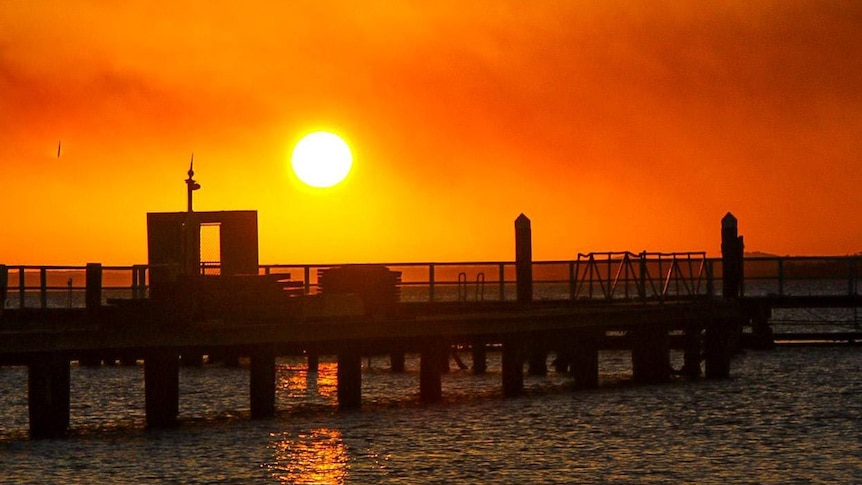New reports show that much of Australia is facing a hotter than usual autumn with sea temperatures in Sydney now so warm they could support the formation of tropical cyclones.
Sea temperatures are required to be above 26.5C for tropical cyclones to form, according to the reports. This is even as temperatures recorded in Sydney by Manly Hydraulics Laboratory have surpassed this temperature, twice recording temperatures of 26.75C in the last week.
This temperature is approximately 3C above average for March, and the highest recorded in Sydney since 1992, making the temperature of the Tasman Sea akin to Queensland’s tropical waters. The previous record was 26.6C in February 2022.
Moninya Roughan, who is a professor of oceanography at the University of New South Wales, said rising temperatures were largely due to climate change. She said the La Niña climate pattern experienced over the last few years lowered temperatures, but now that El Niño was in effect, it was as if “we’ve turned off the air conditioner and all of a sudden we’re seeing the consequences of the ocean continuing to absorb heat”.
Read also: Foundation moves to tackle climate change in North West Nigeria
She said this year’s median ocean temperatures were “off the charts”.
“I shudder to think about what might happen if sea temperatures continue to rise,” Roughan said.
“What we’re seeing right now is an extreme ocean warming event … ocean organisms die, habitats die … they get stressed and may not recover.”
However, because the other atmospheric conditions necessary for the formation of cyclones – including wind speeds above 63km/h and a warm cored, non-frontal low pressure system – were not present, the risk of a cyclone was unlikely.
Story was adapted from the Guardian.
